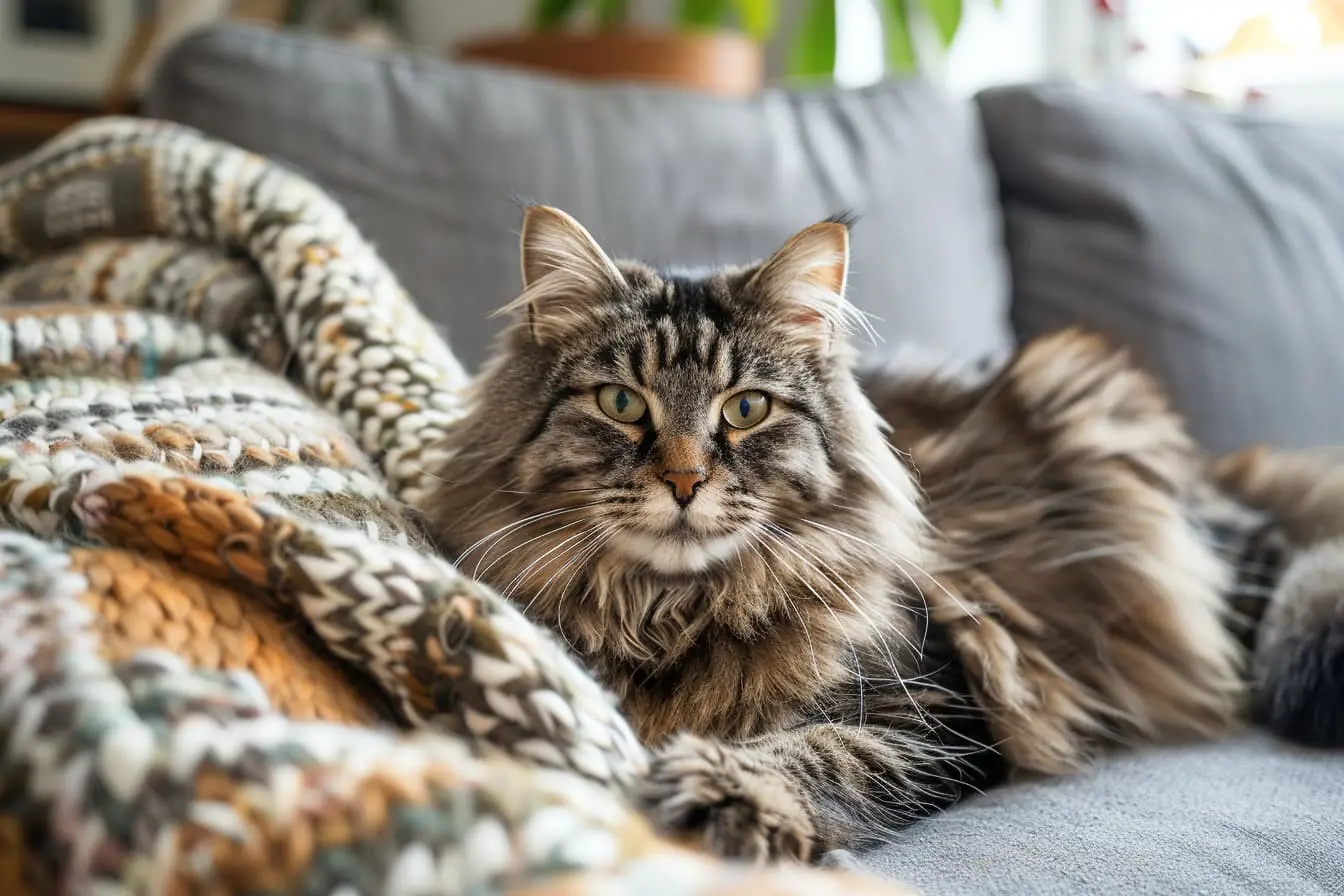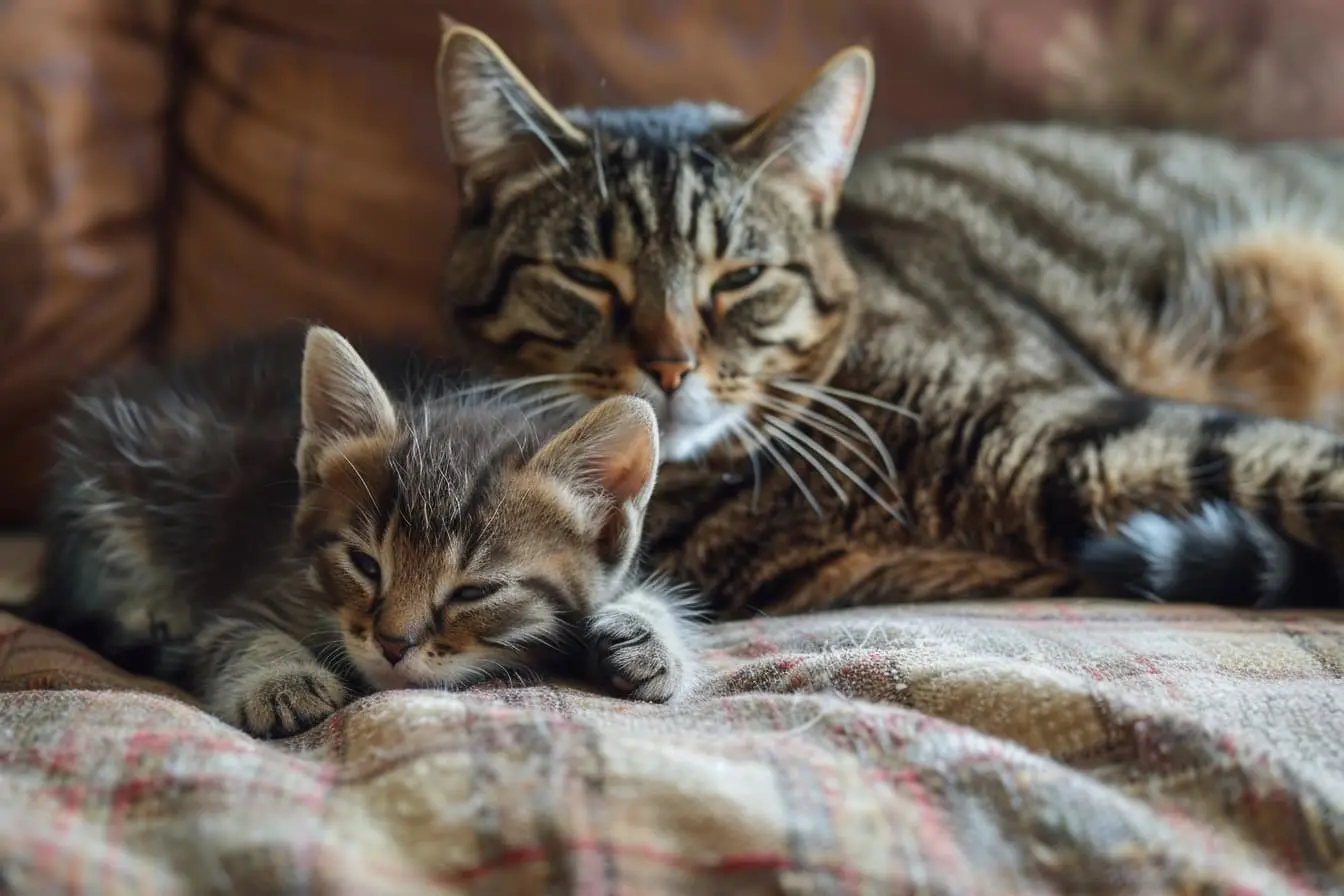
The Exotic and Energetic Bengal Cat: Is It the Right Choice for You?
Diving into the world of cat ownership can be an exciting journey, especially when considering a breed as striking and dynamic as the Bengal. Known for their wild, leopard-like appearance and spirited personality, Bengals are a captivating breed that offers a unique blend of beauty and vigour. If you're drawn to the allure of owning a mini "leopard," this guide will walk you through everything you need to know about Bengal cats, from their history and personality to care requirements and more. This comprehensive insight will help you determine if a Bengal cat is the perfect addition to your home.
Breed History and Characteristics
The Bengal cat breed originated from crossbreeding domestic cats with the Asian Leopard Cat, a small wildcat, in the 1960s and 1970s. The goal was to transfer the wildcat's exotic coat patterns and colours to a domesticated cat breed. Bengals are known for their stunning coat, which features large spots, rosettes, and a rich golden sheen reminiscent of their wild ancestors.
Temperament
Bengals are highly energetic, intelligent, and curious cats. They are known for their playful nature, often engaging in activities such as fetch, and their remarkable ability to learn tricks or manipulate objects. Bengals have a strong prey drive, which means they love to chase, pounce, and explore. While they can be affectionate with their families, their boundless energy and need for stimulation are the dominant facets of their personality.
Health and Lifespan
Bengals are generally healthy with a lifespan of around 12 to 16 years. However, they can be prone to certain hereditary conditions such as hypertrophic cardiomyopathy (HCM), progressive retinal atrophy (PRA), and patellar luxation. Choosing a reputable breeder who conducts genetic testing on their breeding cats can help mitigate these risks. Regular veterinary check-ups and a nutritious diet are crucial for maintaining their health.
Care and Grooming
Despite their luxurious coat, Bengals are relatively low-maintenance in the grooming department. Their short, dense fur requires minimal grooming—usually just a weekly brushing to remove loose hair and distribute skin oils. They tend to keep themselves very clean and rarely need bathing. However, it's essential to maintain regular nail trimming, ear cleaning, and dental care.
Living Environment
Bengals are adaptable and can thrive in various living situations as long as they have enough space to burn off their energy. They are highly active and benefit from having access to vertical space like cat trees, shelves, and safe outdoor enclosures or catios. Providing a stimulating environment with plenty of toys, puzzles, and opportunities for physical activity is crucial for keeping a Bengal happy and healthy.
Training and Socialisation
Thanks to their intelligence, Bengals are receptive to training. They can learn to respond to commands, walk on a lead, and perform tricks. Early socialisation is vital to help them become well-adjusted adults, especially if your household includes other pets or children. Introducing them to a variety of experiences, people, and other animals can help foster their social skills.
Considerations for Prospective Owners
- Energy Level: Bengals have a high energy level and require significant interactive playtime and stimulation. Potential owners should be prepared to dedicate time each day for play and engagement.
- Environmental Enrichment: Due to their intelligence and activity level, Bengals need an environment that challenges them mentally and physically. Lack of stimulation can lead to behavioural issues.
- Vocalisation: Bengals can be quite vocal and have a wide range of sounds to communicate their needs and desires.
- Commitment: Owning a Bengal cat is a long-term commitment that requires understanding and catering to their unique needs.
Conclusion
Bengal cats offer an extraordinary blend of the wild and the affectionate, making them a fascinating and rewarding companion for the right owner. Their stunning appearance, coupled with their lively and affectionate nature, makes them a popular choice for those willing to meet their needs for activity and mental stimulation. If you're someone who delights in interactive play, has the time to dedicate to their care, and is intrigued by their exotic allure, a Bengal may be the perfect addition to your family.
Before making your decision, it's advisable to spend time with Bengals, either through breeders or rescue organisations, to gain firsthand experience of their personality and needs. Remember, adopting any pet is a lifelong commitment that should be made with careful consideration of both the animal's and your lifestyle and capabilities. Bengals, with their unique blend of beauty and vigor, can bring immense joy and companionship to the right home.
Vets near you
Speciality vets
- Aquatics vet specialists
- Birds vet specialists
- Camelids vet specialists
- Cats vet specialists
- Cattle vet specialists
- Deer vet specialists
- Dogs vet specialists
- Equines vet specialists
- Exotic vet specialists
- Goats vet specialists
- Pigs vet specialists
- Poultry vet specialists
- Sheep vet specialists
- Small Mammals vet specialists
- Wild vet specialists



